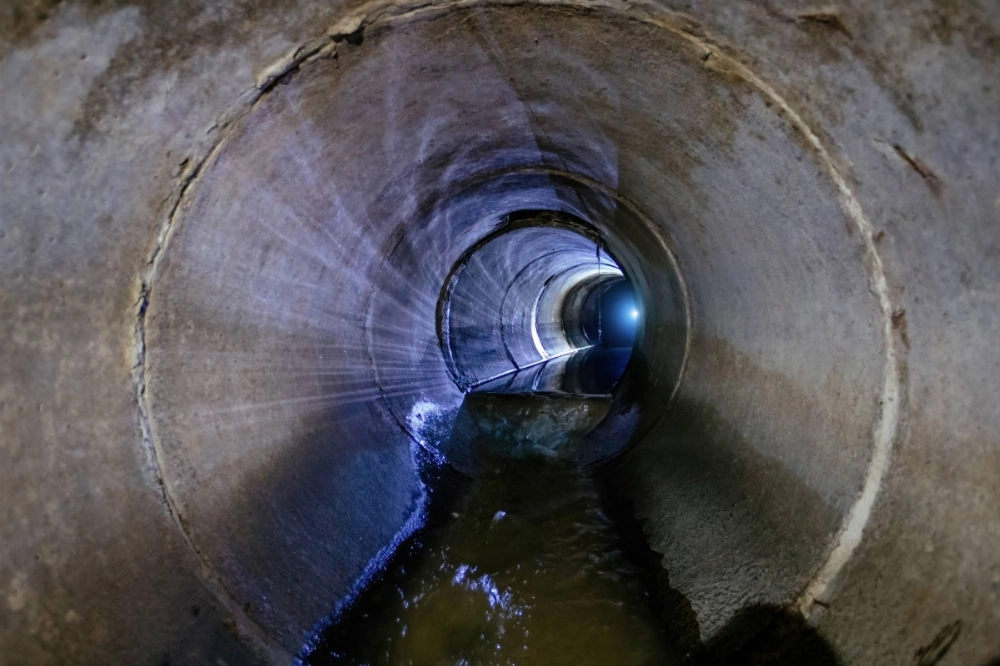A sinkhole in the city of Yashio, Saitama Prefecture, caused by a ruptured underground drainage pipe underscores the growing risk posed by Japan’s aging water infrastructure, experts have warned.
The ground underneath an intersection in Yashio caved in on Tuesday morning, trapping a truck and its driver inside. The sinkhole, initially 5 meters wide and 10 meters deep, expanded to 40 meters in width and 15 meters in depth following several subsequent collapses, according to fire department officials quoted by Jiji Press. Work to rescue the driver is ongoing.
Damaged wastewater pipes caused 2,600 sinkholes in the year from April 2022, the land ministry has reported, though most of them were less than 50 centimeters deep.


















With your current subscription plan you can comment on stories. However, before writing your first comment, please create a display name in the Profile section of your subscriber account page.